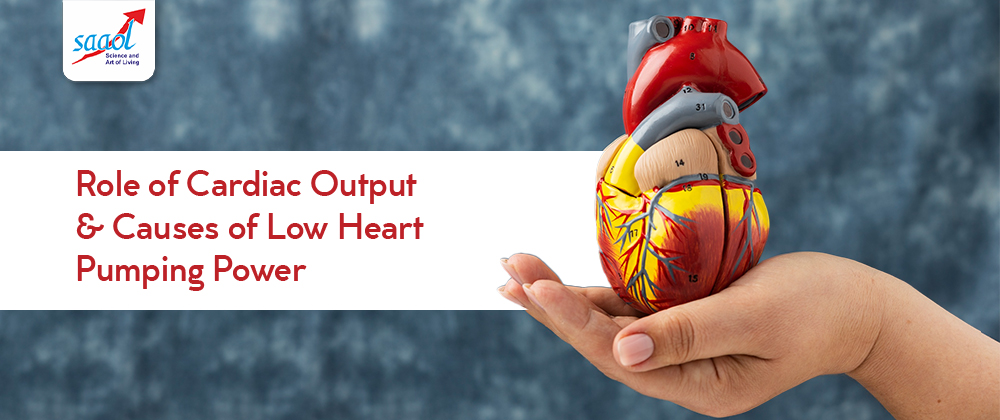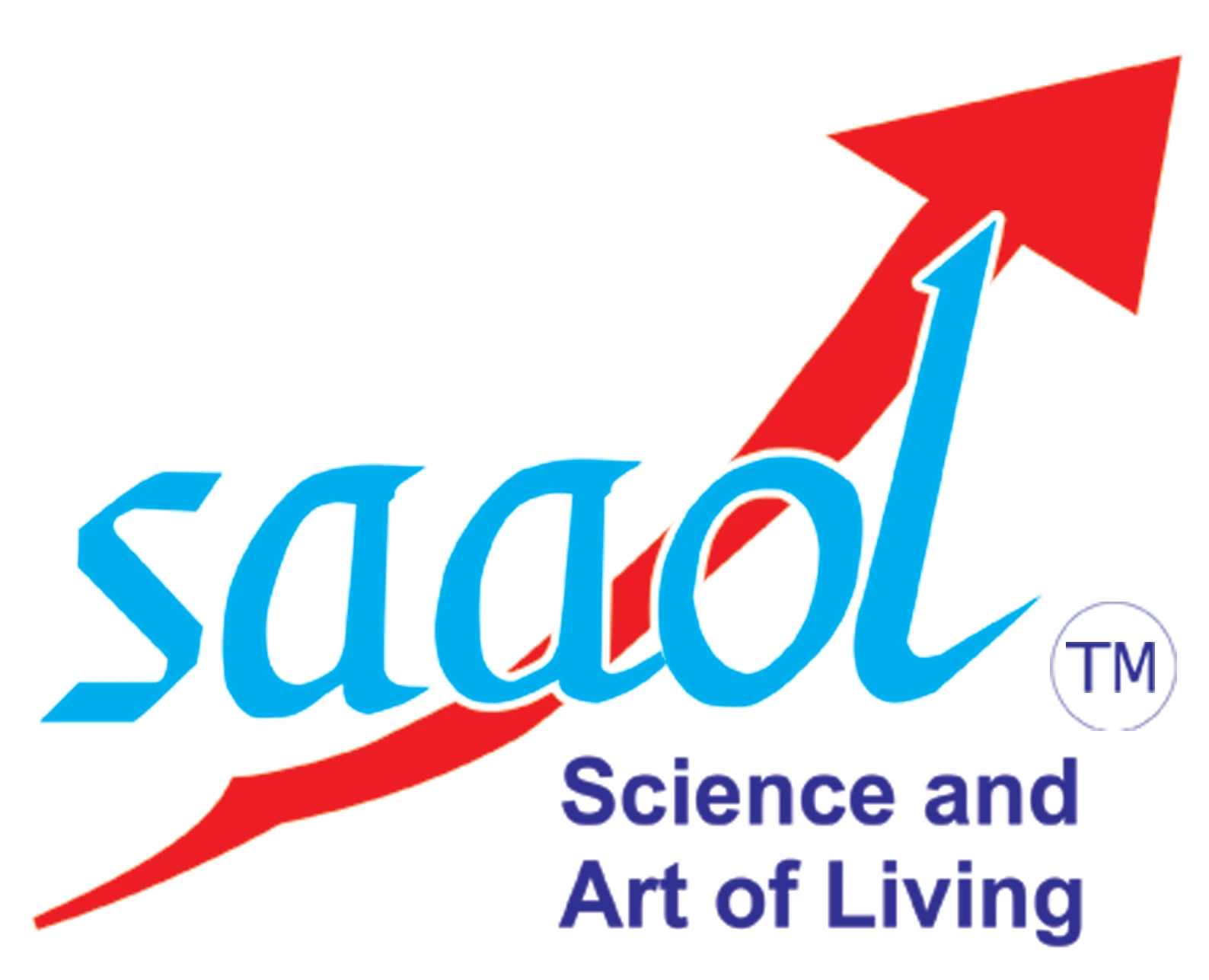Introduction
A healthy heart plays a vital role in maintaining overall well-being by efficiently pumping oxygenated blood to every part of the body. However, when the heart’s pumping power diminishes, it can lead to a condition known as low heart pumping power or reduced cardiac output. In this article, we will explore the causes, symptoms, diagnosis, and treatment options associated with low heart pumping power, empowering you with knowledge to understand and manage this condition effectively.
Understanding Low Heart Pumping Power
Definition and Cardiac Output:
Low heart pumping power refers to a condition where the heart fails to pump an adequate amount of blood to meet the body’s requirements. Cardiac output represents the amount of blood pumped by the heart in one minute and is calculated by multiplying heart rate and stroke volume (the volume of blood pumped with each heartbeat. When cardiac output decreases, the body’s organs and tissues receive insufficient oxygen and nutrients, leading to various symptoms.
Causes of Low Heart Pumping Power:
Heart Failure:
The most common cause, heart failure, occurs when the heart muscle weakens and cannot contract effectively.
Coronary Artery Disease:
Blocked or narrowed coronary arteries can reduce blood flow to the heart muscle, impairing its pumping ability.
Heart Valve Disorders:
Malfunctioning valves can impede blood flow and decrease cardiac output.
Cardiomyopathy:
Damage to the heart muscle from various causes, such as infections, alcohol abuse, or genetic factors, can weaken the heart’s pumping power.
Arrhythmias:
Irregular heart rhythms disrupt the coordination of heart contractions, affecting cardiac output.
Symptoms and Diagnosis
Symptoms of Low Heart Pumping Power:
Fatigue and weakness
Shortness of breath, especially during exertion
Swelling in the legs, ankles, or abdomen (edema)
Rapid or irregular heartbeat
Reduced exercise tolerance
Dizziness or fainting spells
Sudden weight gain due to fluid retention
Diagnostic Procedures:
Physical Examination:
Evaluating symptoms, listening to the heart sounds, and checking for signs of fluid retention.
Echocardiography:
Ultrasound imaging of the heart to assess its structure, function, and ejection fraction (a measure of heart pumping efficiency).
Electrocardiogram (ECG):
Records the heart’s electrical activity, helping identify arrhythmias and other abnormalities.
Cardiac MRI or CT scan:
Provides detailed images of the heart’s structure, helping detect heart muscle damage or valve problems.
Treatment and Management
Medications:
Angiotensin-converting enzyme (ACE) inhibitors, beta-blockers, and angiotensin receptor blockers (ARBs) help improve heart function, reduce strain, and manage blood pressure.
Diuretics are prescribed to reduce fluid buildup and ease symptoms of congestion. Digoxin strengthens heart contractions and controls heart rate.
Other medications may be prescribed based on the underlying cause, such as antiarrhythmics or anticoagulants.
Lifestyle Modifications:
Sodium restriction:
Reducing salt intake helps decrease fluid retention.
Fluid restriction:
In severe cases, limiting fluid intake may be necessary to prevent overload.
Regular exercise:
Engaging in a medically supervised exercise program can improve heart function and overall fitness.
Smoking cessation:
Quitting smoking reduces the risk of further heart damage.
Weight management:
Achieving and maintaining a healthy weight reduces strain on the heart.
Surgical Interventions and Devices
Coronary artery bypass grafting (CABG):
Reestablishes blood flow to the heart muscle by bypassing blocked arteries.
Heart valve repair or replacement:
Correct valve malfunctions to improve blood flow.
Implantable cardioverter-defibrillator (ICD):
Monitors heart rhythm and delivers electrical shocks if life-threatening arrhythmias occur.
Ventricular assist devices (VADs):
Mechanical pumps help the heart pump blood while awaiting transplantation or as a long-term solution.
SAAOL Heart Center Approaches
In addition to these conventional approaches, it’s worth exploring alternative therapies offered by specialized heart care centers like SAAOL (Science and Art of Living) Heart Center. SAAOL Heart Center provides innovative treatments such as Enhanced External Counterpul(EECP) therapy and Detox therapy, which can complement traditional interventions and promote heart health.
EECP therapy is a non-invasive treatment that enhances blood flow to the heart by using external cuffs to compress and decompress the lower extremities. It has been shown to improve symptoms, increase exercise tolerance, and enhance overall heart function. Detox therapy, offered by SAAOL Heart Center, focuses on cleansing the body and reducing the risk factors associated with cardiovascular diseases. This therapy utilizes various methods, such as lifestyle modifications, dietary changes, stress management techniques, and targeted nutritional supplementation.
Conclusion
Low heart pumping power, also known as reduced cardiac output, can significantly impact a person’s quality of life. Recognizing the symptoms and seeking early medical intervention is crucial for managing this condition effectively. With advancements in diagnostics and a wide range of treatment options available, individuals with low heart pumping power can lead fulfilling lives by working closely with their healthcare providers. By following prescribed medications, adopting healthy lifestyle modifications, and attending cardiac rehabilitation programs, individuals can improve heart function, alleviate symptoms, and prevent further deterioration. If you or your loved one is living with low heart pumping power, consider exploring these innovative approaches at SAAOL Heart Care. Contact them today to learn more about their services and how they can help you on your journey towards a healthier heart. Remember, by taking proactive steps, seeking specialized care, and adopting a comprehensive approach to managing low heart pumping power, you can significantly improve your quality of life and pave the way for a brighter, healthier future.

